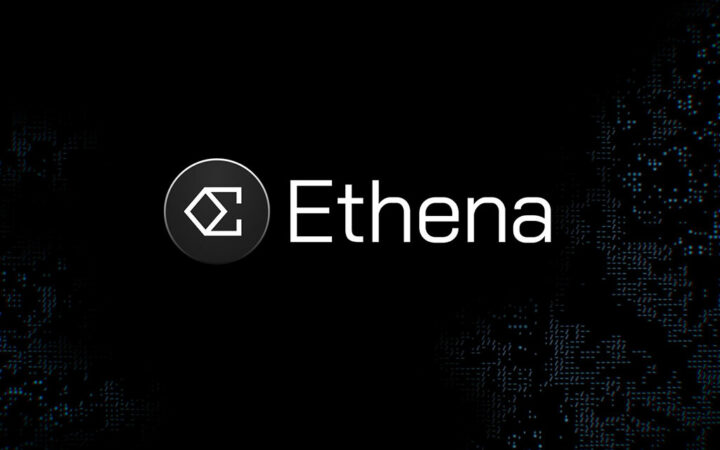Ethena has rapidly ascended in the ranks of synthetic stablecoins, boasting a staggering $1.89 billion in USDe, highlighting an exceptionally high Annual Percentage Yield (APY) of 35.4% for stakers and attracting nearly $2 billion from 117,000 depositors, naturally draws parallels to this troubled past. This leap is not just about numbers; it represents a fundamental shift in the utility and perception of stablecoins. With a project valued at $13.5 billion FDV/ $1.3 billion market cap, Ethena commands a significant portion of Ethereum’s open interest, igniting debates on its sustainability and revolutionary approach compared to past experiments like Luna UST.
The Essence of Delta-Neutral Hedging
The concept of delta-neutral hedging offers a robust framework for the creation of stablecoins. It’s a strategy that aims to neutralize the directional risk of a portfolio, making its value unaffected by minor price movements of the underlying assets. This mechanism is particularly relevant in crafting a stablecoin that aspires for both scalability and immunity against market volatility. The process involves hedging the delta of spot assets backing the token during the minting process, ensuring stability and scalability.
Strategic Movements in the Ecosystem
Ethena’s ambition is further validated by Maker’s decision to inject $1 billion DAI into its protocol, signalling confidence in Ethena’s potential for returns amidst assessed risks. Conversely, AAVE’s movement to potentially ban DAI as collateral underscores the competitive tensions and strategic realignments within the DeFi landscape. These developments point to a dynamic ecosystem where entities are swiftly adapting to emerging innovations and the challenges they bring.
Ethena’s Ideology and the Pitfalls of Synthetic Stability
Ethena, like other synthetic stablecoins, proposes an attractive ideology: a stablecoin without USD in reserves, relying instead on the robust Ethereum blockchain. This approach echoes the aspirations of many crypto enthusiasts who prefer minimal regulation. However, the market’s volatility and potential downturns raise concerns about relying heavily on ETH. The delta-neutral strategy, while theoretically sound, introduced complexity, costs, and additional risks, including liquidation in flash crashes and liquidity limitations.
Transparency and Regulatory Challenges
The revelation that Ethena stores funds in custodial wallets, necessitating KYC processes and vulnerable to regulatory actions, introduces a layer of concern. The lack of transparency and the potential for frozen funds by regulators or the team highlight the risks associated with custodial solutions. This scenario echoes the failures of Celsius and BlockFi, where the lack of real-time insights into reserve assets and hedging strategies led to significant issues.
Navigating the Promise and Perils of Innovation
The synthesis of Ethena’s promising yet potentially precarious venture into the stablecoin market, against the backdrop of past failures, offers a rich narrative of innovation intertwined with caution. The allure of high yields and the innovative use of Ethereum and delta-neutral hedging strategies present a compelling case.
However, the lessons from UST’s downfall and the challenges of transparency and regulatory compliance underscore the importance of cautious engagement with such novel crypto instruments. The balance between innovation and due diligence remains a critical consideration for investors and enthusiasts alike.
Disclaimer: Coinspeaker is committed to providing unbiased and transparent reporting. This article aims to deliver accurate and timely information but should not be taken as financial or investment advice. Since market conditions can change rapidly, we encourage you to verify information on your own and consult with a professional before making any decisions based on this content.





